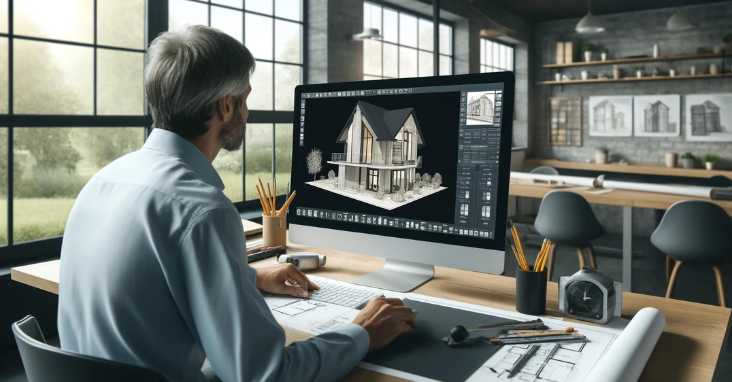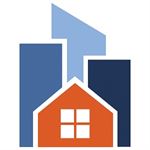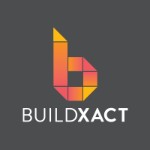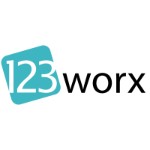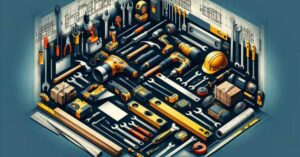What is a remodeling software? Remodeling software helps design and plan home renovations, offering tools for visualizing changes and managing projects efficiently.
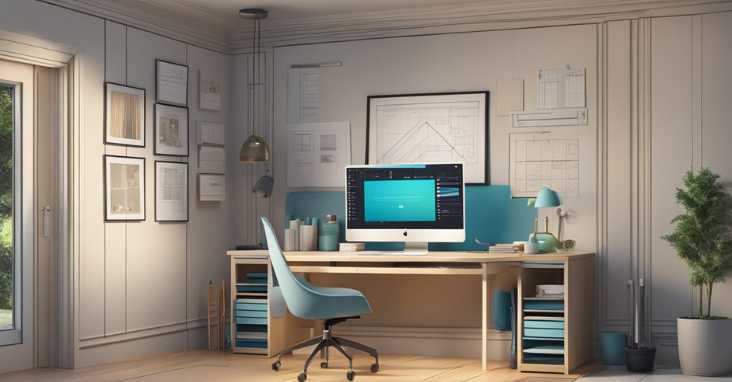
Remodeling a home can be a daunting task, especially when it comes to designing and visualizing the end result. This is where remodeling software comes in handy. Remodeling software offers a wide range of features that can help homeowners and professionals alike to streamline the design process and enhance collaboration with clients.
Understanding Remodeling Software:
Remodeling software is a computer program that allows users to create, edit, and visualize designs for home remodeling projects. It offers a variety of tools and features that help users to create accurate and detailed designs, including 3D modeling, virtual reality, and augmented reality. With remodeling software, users can experiment with different design options, materials, and colors, and see how they will look in real life.
Key Features of Remodeling Software:
Remodeling software comes with a variety of key features that make it an essential tool for home remodeling projects. Some of the key features include 3D modeling, virtual reality, and augmented reality, which allow users to visualize designs in realistic settings. Other features include cost estimators, material lists, and collaboration tools, which help users to stay organized and communicate with clients more effectively.
Key Takeaways
- Remodeling software offers a wide range of features that can help streamline the design process and enhance collaboration with clients.
- Key features of remodeling software include 3D modeling, virtual reality, and augmented reality, as well as cost estimators, material lists, and collaboration tools.
- Remodeling software is an essential tool for home remodeling projects and can help users to visualize designs in realistic settings.
Understanding Remodeling Software
Defining Remodeling Software
Remodeling software is a type of software that is designed to help professionals in the remodeling industry to plan, design, and execute remodeling projects. This software can be used by remodeling contractors, architects, interior designers, and other professionals involved in the remodeling process.
Remodeling software typically includes features such as 3D modeling, project management tools, cost estimation, and material selection. Some software may also include virtual reality capabilities, allowing professionals to create immersive simulations of their designs to show to clients.
Benefits for Professionals
Remodeling software provides a number of benefits for professionals in the industry. One of the key benefits is increased efficiency. With the use of software, professionals can create and modify designs quickly and easily, reducing the amount of time and effort required to complete a project.
Another benefit is improved accuracy. Remodeling software allows professionals to create detailed and precise designs, ensuring that the finished product matches the client’s expectations. Additionally, software can help with cost estimation and project management, allowing professionals to stay on budget and on schedule.
Overall, remodeling software is a valuable tool for professionals in the industry. By using software, professionals can streamline their workflow, improve accuracy, and provide better service to their clients.
Here is a link to an external resource with high authority on the topic of remodeling software, which provides a list of some of the best home design software available on the market.
Key Features of Remodeling Software
Remodeling software has become an essential tool for homeowners, architects, and contractors alike. With its many features, it can help users visualize their ideas, manage their projects, and choose the right materials for their projects. Here are some of the key features of remodeling software:
3D Visualization Tools
One of the most important features of remodeling software is its 3D visualization tools. These tools allow users to create realistic 3D renderings of their projects, which can help them visualize their ideas and make better decisions. With 3D visualization tools, users can experiment with different design options, materials, and colors, and see how they will look in real life.
Extensive Material Libraries
Another important feature of remodeling software is its extensive material libraries. These libraries contain a wide range of materials, from flooring and countertops to paint and wallpaper. Users can browse these libraries and choose the materials that best suit their needs and preferences. Some remodeling software even allows users to upload their own materials, so they can create a truly custom look.
Project Management Integrations
Remodeling software also offers project management integrations, which can help users stay organized and on track. With these integrations, users can create schedules, track budgets, and manage their tasks and deadlines. Some remodeling software even offers AI-powered project management tools, which can help users optimize their workflows and make better decisions.
Overall, remodeling software is an essential tool for anyone who wants to remodel their home or design a new one. With its many features, it can help users visualize their ideas, choose the right materials, and manage their projects with ease.
For more information on remodeling software, check out this article from Architectural Digest.
Design Process Enhancement
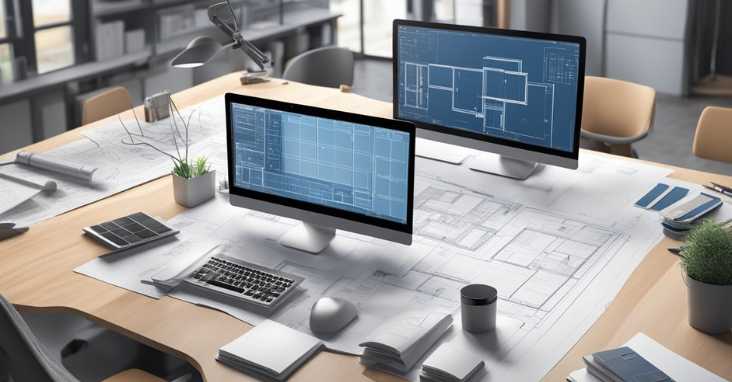
Remodeling software offers a range of tools and features that can enhance the design process, making it faster, more efficient, and more accurate. Here are some of the ways in which remodeling software can improve the design process:
Automated Floor Plan Generation
One of the most time-consuming aspects of the design process is creating a floor plan. Remodeling software can automate this process, allowing designers to quickly generate accurate floor plans based on the dimensions of the space. This can save a significant amount of time and reduce the risk of errors.
Furniture and Fixtures Selection
Choosing the right furniture and fixtures is crucial to the success of any remodeling project. Remodeling software can help designers select the right pieces by providing access to a wide range of options, including 3D models of furniture and fixtures. This can help designers visualize how different pieces will look in the space and make more informed decisions.
Customizable Templates and Symbols
Remodeling software typically comes with a range of customizable templates and symbols that can be used to create detailed and accurate designs. These templates and symbols can save time by providing a starting point for the design process and ensuring that all elements of the design are consistent and accurate.
Overall, remodeling software can significantly enhance the design process by providing tools and features that make it faster, more efficient, and more accurate. By automating time-consuming tasks, providing access to a wide range of options, and offering customizable templates and symbols, remodeling software can help designers create stunning and functional spaces with ease.
For more information on how remodeling software can enhance the design process, check out this article from Architectural Digest.
Software Solutions for Different Needs
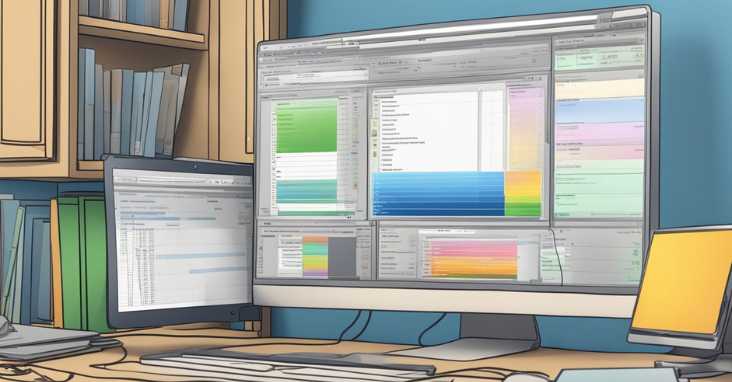
For Homeowners and DIY Enthusiasts
Homeowners and DIY enthusiasts who want to take on a remodeling project can benefit from using home design software. These software solutions offer a user-friendly interface that allows users to create 2D and 3D models of their homes and experiment with different design ideas. One popular software option for homeowners is Chief Architect, which offers a range of tools for creating floor plans, designing kitchens and bathrooms, and even landscaping.
Another great option is Home Designer Suite, which offers a comprehensive set of tools for home design, including 3D modeling, virtual tours, and a library of over 6,000 objects. These software solutions are affordable and easy to use, making them a great choice for homeowners who want to take their remodeling project into their own hands.
For Professional Remodelers and Architects
Professional remodelers and architects need software solutions that offer advanced features and tools to help them create detailed plans and designs. One popular software solution for professionals is Chief Architect, which offers a wide range of features, including 3D modeling, CAD tools, and a library of over 8,000 objects. This software is ideal for architects and designers who need to create detailed plans and renderings for their clients.
Another great option for professionals is SketchUp Pro, which offers a range of advanced features, including 3D modeling, photorealistic rendering, and collaboration tools. This software is ideal for architects and designers who need to work with clients remotely and collaborate with other professionals on a project.
For Interior Designers
Interior designers need software solutions that offer a range of tools for creating detailed floor plans, designing furniture layouts, and experimenting with different color schemes and materials. One popular software option for interior designers is Home Designer Interiors, which offers a range of tools for creating detailed floor plans, designing kitchens and bathrooms, and even creating custom furniture.
Another great option for interior designers is SketchUp Pro, which offers a range of advanced features for creating detailed 3D models of interior spaces. This software is ideal for interior designers who need to create detailed plans and renderings for their clients.
Overall, there are many software solutions available for homeowners, professional remodelers, architects, and interior designers. Whether you are looking to take on a remodeling project yourself or work with a professional, there is a software solution out there that can meet your needs. For more information on remodeling software solutions, check out this link.
Collaboration and Client Interaction
Sharing and Presenting Designs
Remodeling software allows contractors and designers to collaborate with clients on design projects. With the ability to share and present designs in real-time, clients can provide feedback and make changes to the design as needed. This level of collaboration ensures that the final product meets the client’s expectations.
One example of a platform that offers this feature is Houzz Pro. With Houzz Pro, contractors and designers can share designs with clients and receive feedback in real-time. This platform also allows for easy communication between all parties involved in the project.
Client Feedback and Revision Tracking
Client feedback is crucial in any remodeling project. With remodeling software, clients can provide feedback on designs and track revisions throughout the process. This feature ensures that the final product meets the client’s expectations and reduces the likelihood of misunderstandings.
Procore is an example of a platform that offers this feature. With Procore, clients can provide feedback on designs and track revisions throughout the project. This platform also allows for easy communication between contractors, designers, and clients.
Overall, remodeling software offers a range of collaboration and client interaction features that streamline the design process and ensure client satisfaction. By utilizing these features, contractors and designers can create designs that meet the client’s expectations and reduce the likelihood of misunderstandings.
Technical Considerations
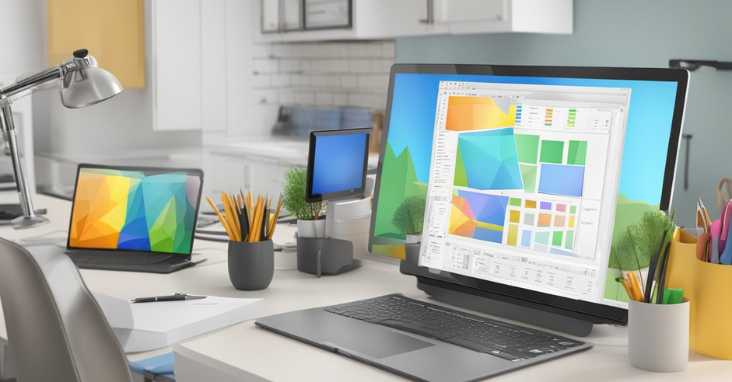
System Requirements and Compatibility
Before choosing a remodeling software, it is important to ensure that the software is compatible with the user’s system. The software should be able to run smoothly without any glitches or crashes. It is recommended to check the system requirements of the software before installation.
Most remodeling software is compatible with both Mac and Windows operating systems. However, it is important to check the specific requirements for each software. Some software may require a certain amount of RAM or a specific graphics card to function properly.
Data Security and Cloud Storage
Data security is a crucial consideration when choosing a remodeling software. It is important to ensure that the software has adequate measures in place to protect the user’s data. Remodeling software often deals with sensitive information such as floor plans, designs, and budgets.
One way to ensure data security is to choose a software that offers cloud storage. Cloud storage allows users to store their data on remote servers, which are protected by advanced security measures. This reduces the risk of data loss or theft.
It is recommended to choose a software that offers end-to-end encryption for data security. End-to-end encryption ensures that data is encrypted at all stages of transmission and storage, making it difficult for hackers to access.
It is important to note that while cloud storage offers enhanced security, it may not be suitable for users who are concerned about privacy. It is recommended to read the software’s privacy policy before choosing a cloud-based option.
For more information on data security and cloud storage, please visit this link.
Overall, choosing a remodeling software that is compatible with the user’s system and offers adequate data security measures is crucial for a successful remodeling project.
Cost and Affordability
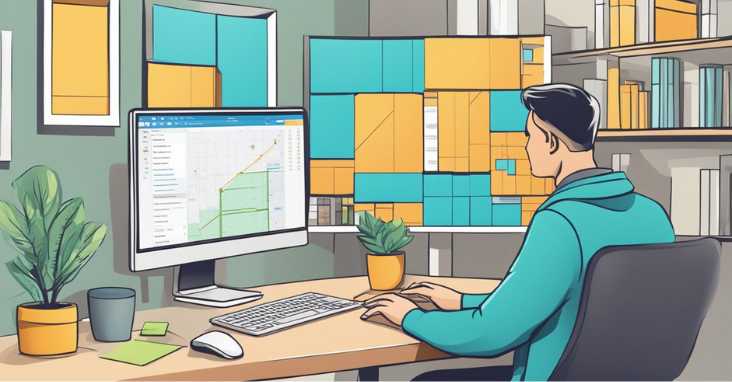
Understanding Pricing Structures
When it comes to remodeling software, there are a variety of pricing structures available. Some companies charge a one-time fee for the software, while others offer a subscription-based model. It’s important to understand the pricing structure of the software you are considering before making a purchase.
One of the most affordable options is open-source software. This type of software is free to use and can be modified by anyone. However, it may not have as many features as paid software, and support may be limited.
Paid software typically offers more features and support, but it can be more expensive. Some companies charge a one-time fee for their software, while others require a monthly or annual subscription.
When evaluating the cost of remodeling software, it’s important to consider the features included and the level of support offered. It may be worth paying more for a software that includes all the features you need and offers excellent support.
Evaluating Return on Investment
Remodeling software can be a valuable investment for homeowners and professionals alike. It can save time and money by allowing users to visualize their projects before they begin.
When evaluating the return on investment (ROI) of remodeling software, it’s important to consider the cost of the software and the time saved by using it. For example, if a professional can complete a project in half the time using remodeling software, they can take on more projects and increase their income.
It’s also important to consider the potential cost savings of using remodeling software. By visualizing a project before it begins, users can identify potential issues and make changes before any work is done. This can save money by avoiding costly mistakes and ensuring the project is completed efficiently.
Overall, the cost of remodeling software can vary depending on the features and support offered. It’s important to evaluate the ROI of the software to determine if it’s a worthwhile investment.
For more information on evaluating the ROI of remodeling software, check out this article from The Spruce.
Expanding Capabilities
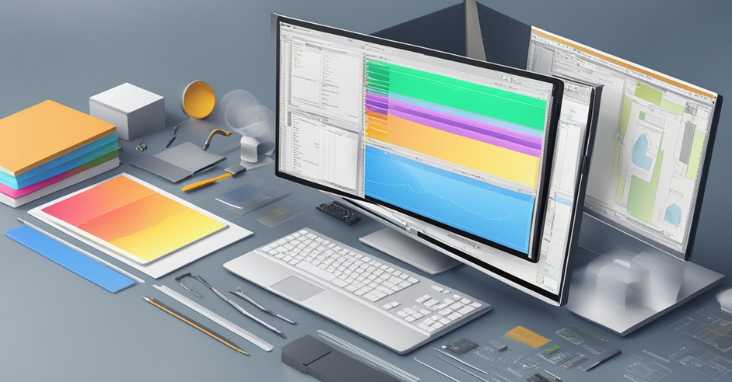
Remodeling software has come a long way in recent years, providing users with an all-in-one solution for their remodeling needs. However, even with the most comprehensive software, there are always ways to expand its capabilities. Here are some options for users looking to take their remodeling software to the next level.
Add-ons and Extensions
One way to expand the capabilities of your remodeling software is by utilizing add-ons and extensions. These are additional features that can be added to your software to enhance its functionality. Some popular add-ons and extensions for remodeling software include:
- 3D modeling tools: These tools allow you to create realistic 3D models of your remodeling project, giving you a better idea of what the finished product will look like.
- Material libraries: These libraries provide access to a wide range of materials, allowing you to experiment with different textures and colors for your project.
- Lighting design tools: These tools help you plan and design the lighting for your project, ensuring that your space is both functional and aesthetically pleasing.
Learning Resources and Community Support
Another way to expand the capabilities of your remodeling software is by taking advantage of the learning resources and community support available. Many software providers offer online tutorials, webinars, and other resources to help users get the most out of their software. Additionally, there are online communities where users can share tips and advice, ask questions, and connect with other remodeling enthusiasts.
One great resource for users of remodeling software is the Houzz community. Houzz is an online platform that connects homeowners with designers, contractors, and other remodeling professionals. The platform also offers a wide range of articles, tutorials, and other resources to help users with their remodeling projects.
In conclusion, there are many ways to expand the capabilities of your remodeling software, from utilizing add-ons and extensions to taking advantage of learning resources and community support. By exploring these options, users can take their remodeling projects to the next level and achieve their desired results.
Future of Remodeling Software

Emerging Technologies
The future of remodeling software is looking bright with the emergence of new technologies. With the advancement of artificial intelligence and machine learning, remodeling software will be able to provide more accurate and efficient solutions. AI-powered software will be able to analyze data and provide insights that will help homeowners make informed decisions about their remodeling projects.
Moreover, virtual and augmented reality technologies will enable homeowners to visualize their remodeling projects in 3D before they are built. This will help them to make better decisions about the design and layout of their homes.
Trends in Home Remodeling
The future of remodeling software will also be shaped by the latest trends in home remodeling. One of the biggest trends is automation, which will make remodeling projects faster and more efficient. Automated tools and software will be able to handle repetitive tasks, such as measuring and cutting, freeing up time for contractors to focus on more complex tasks.
Another trend is integrations, where remodeling software will be able to integrate with other smart home devices, such as lighting and security systems. This will enable homeowners to control their entire home from a single platform, making it more convenient and efficient.
In conclusion, the future of remodeling software is looking very promising, with the emergence of new technologies and the latest trends in home remodeling. Homeowners will be able to make more informed decisions about their remodeling projects, while contractors will be able to work more efficiently and effectively. For more information on the latest trends in home remodeling, check out this article.
Frequently Asked Questions
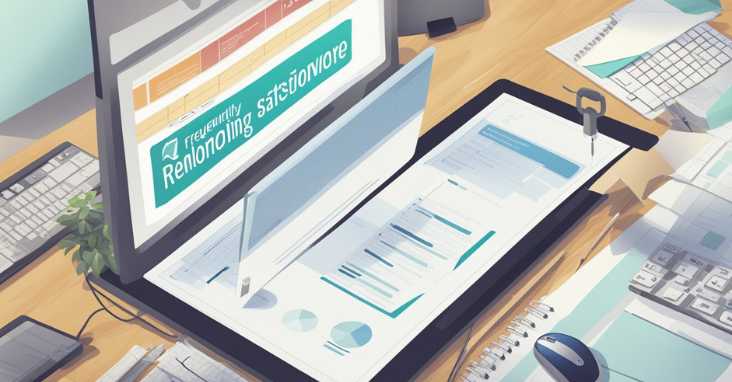
What are the top-rated home remodeling software options currently available?
There are several highly-rated home remodeling software options available in the market. Some of the most popular ones include SketchUp, Home Designer Suite, Chief Architect, and RoomSketcher. Each of these software programs has its own unique features and strengths, so it’s important to evaluate them based on your specific needs and preferences.
Which free remodeling software tools are best for DIY home projects?
For DIY home projects, there are several free remodeling software tools that can be quite useful. Some of the best ones include Sweet Home 3D, SketchUp Free, and Floorplanner. These tools offer a range of features that can help you create detailed plans and designs for your home remodeling projects.
Can you recommend any 3D remodeling software that is user-friendly for beginners?
If you’re new to 3D remodeling software, it’s important to choose a program that is user-friendly and easy to learn. One great option is SketchUp, which offers a simple and intuitive interface that is perfect for beginners. Another good choice is Home Designer Suite, which provides a range of tools and features that are easy to use and understand.
What software do professional contractors prefer for large-scale remodeling projects?
For large-scale remodeling projects, many professional contractors prefer to use software programs like Chief Architect or AutoCAD. These programs offer advanced features and capabilities that can be extremely useful for complex projects. However, they may also require more training and expertise to use effectively.
Are there any comprehensive home remodel software applications that offer a free version?
Yes, there are several comprehensive home remodel software applications that offer a free version. One of the most popular options is Sweet Home 3D, which provides a range of features for designing and planning home remodel projects. Another good choice is SketchUp Free, which offers a powerful set of tools for creating 3D models and designs.
How do the features of popular remodeling software compare for interior design use?
When it comes to interior design use, the features of popular remodeling software can vary significantly. Some programs, like Home Designer Suite and RoomSketcher, offer a wide range of tools and features specifically designed for interior design. Others, like SketchUp and Chief Architect, may require more customization and setup to be effective for this purpose.
For more information on home remodeling software, check out this article, which provides a comprehensive overview of some of the top-rated options currently available.

